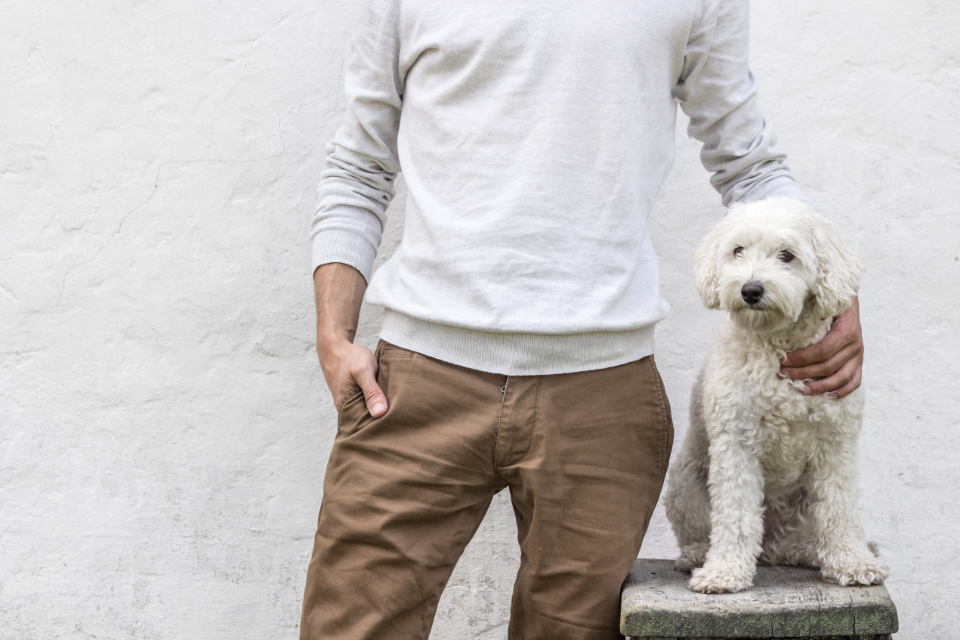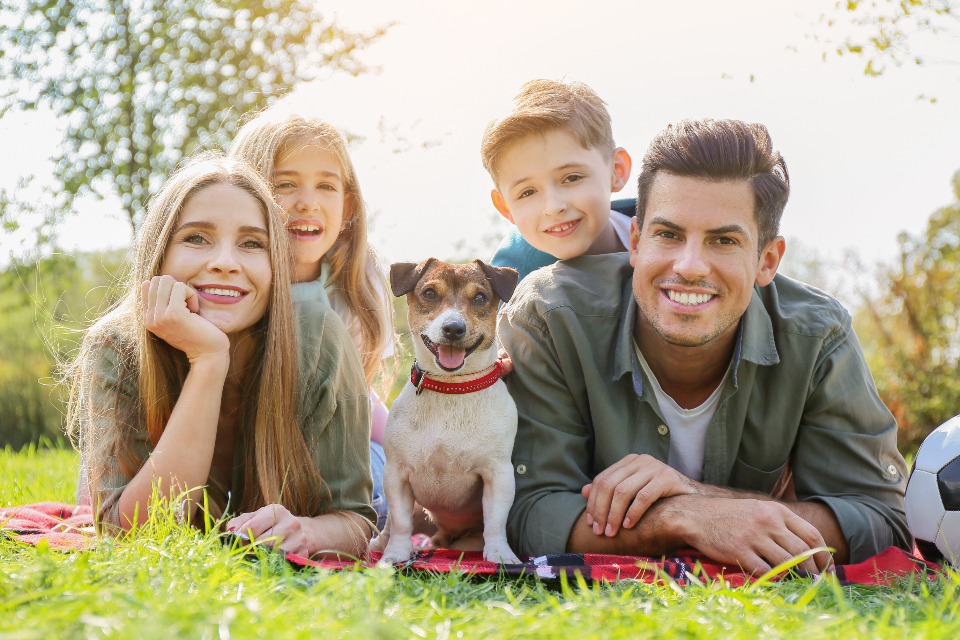How to Build Confidence in a Dog? We, we all want our dogs to be confident, don’t we? The more we teach and work with them, the more they become capable of doing what we ask, ignoring distractions, and solving problems on their own.
When is a dog confident enough?
Well, there’s no one answer to this question since every dog is different – it all depends on the individual character of your pet. Generally speaking, if your canine companion can handle situations without being afraid or alert, he or she is a confident dog.
On the other hand, if your dog is always fearful and hesitant – no matter how much you work with it – chances are that this canine needs to build more confidence before learning new tricks.
Read: Why do Dogs Stretch when they see You
How to Build Confidence in a Fear Aggressive Dog? Here is Detail
When a dog is aggressive out of fear, it can be a very dangerous situation. Many times the aggression will continue to escalate and can go from fear aggression to true aggression. If this is not dealt with properly, it can mean death for the dog or someone else. It is important to build confidence in a fear-aggressive dog, so when the situation arises, you can get your dog to respond to basic obedience commands and diffuse the situation before it gets out of hand. It is important to take your time, work by yourself, and create a safe, controlled environment
The environment should be controlled so the dog can’t escape, and he/she can’t get away if they are too scared to obey the commands at first. There should be no other people or animals around. It is important not to make loud noises or throw things around trying to scare the dog into responding because this can make the situation worse and may cause the dog to act out even more aggressively. Keep sessions fairly short, about 10-15 minutes long.
Read: Why Your Dog Sneezing a Lot
How to Help a Fearful Dog Gain Confidence?
Speaking of building confidence in dogs, here are six tips that can help you accomplish this with ease. Keep in mind that these tips are based on positive reinforcement training, so if your pooch doesn’t respond to this approach, it may be best for you to consult with a professional trainer or behaviorist.
So, without further ado, let’s get started!
6 Tips for Building Confidence in Dogs
Tip 1: Avoid forcing your dog to do something
Forcing a dog to confront an activity that it’s not prepared for is a surefire way of ruining his/her confidence level.
If you force a fragile or low-level canine to approach an unknown person, explore a new environment or cope with other stress-provoking situations, you’ll just cause a lot of unnecessary anxiety and stress.
Instead, allow your furry friend to watch from a safe distance at first and only approach the situation when it’s ready. Of course, this doesn’t mean that if you want your dog to learn something new – say, come when called – you should wait until he or she is perfect at it before teaching anything. In such cases, it’s best to use a lure-reward training method, where your pooch learns by following the treat/toy until he does what you’re asking for.

Keep Reading: Why Your Dog Keeps Licking Their Base Of Tail
Tip 2: Try using a Thundershirt
The Thundershirt is an excellent tool for dealing with excessive fear and anxiety in canines.
This simple yet amazing shirt is designed to calm your pet during stressful situations such as loud noises (thunderstorms, fireworks), veterinary visits, and more.
It does this by applying a gentle but constant pressure on the dog’s torso. This has a calming effect and helps soothe your furry friend when it’s in distress or overly excited. There are many other similar products available in the market, but I find that Thundershirt works great for most dogs, and its design allows you to use it in various situations without problems.
Tip 3: Use positive reinforcement training
We all know that doing something continuously leads to boredom and frustration, which makes us want to quit whatever we’re doing.
This is true for dogs, too. If you teach your pooch something new but then force him to repeat it over and over again, the chances are that he won’t want to cooperate anymore.
Instead, use positive reinforcement training, which involves encouraging your dog when he does the right thing and doesn’t punish him during his mistakes. Keep in mind that this kind of treatment works best if your canine already knows how to sit or lay down on command before teaching anything else.

Tip 4: Always stay calm and relaxed
Being nervous or excited while training a new behavior can make your pup sad and confused rather than confident about what he’s doing right.
If you get stressed or anxious when your dog doesn’t follow your instructions, you should take a break and try again in a few minutes.
On the other hand, if you’re not stressed but rather excited to learn something new with your furry friend, chances are he’ll be more than happy to cooperate with you.
Check: Phases of a Rescue Dog
Tip 5: Allow your dog to explore new places and socialize
In order for your canine companion to build confidence, it’s important that he’s free to interact with unfamiliar people and surroundings without feeling nervous.
This is because being cautious around strangers allows dogs from developing insecurity. If they don’t have any negative experiences when meeting new folks or exploring untried environments, they become less fearful of such stimuli.
Tip 6: Avoid punishing or reprimanding your dog
When trying to build canine confidence, it’s important that you avoid punishing him when he does something wrong.
This is because dogs become stressed and worried when they’re scolded for doing things that are out of their control (i.e., peeing on the floor or chewing your shoes). If you want to discipline your pet for misbehaving, always use positive reinforcement training methods rather than negative treatments like yelling at him/her, smacking his nose with a newspaper, or anything similar.

Check: Why Does My Dog Hump Me and No One Else
Summary
In this article, we talked about how dogs can build confidence by using a Thundershirt, avoiding punishment, and encouraging your pet to be social and explore new places with you.
The article suggests using Thundershirt to soothe your pet when she/he is overexcited or nervous because it regulates their breathing, which is helpful for all dogs.
The article also insists that using positive reinforcement training to show your dog what she/he is doing right and rewarding them for it. Lastly, the article suggests avoiding punishing your dog for their mistakes because it makes them stressed and confused, and instead use positive reinforcement training.
When training your pet, always keep in mind that you should encourage him to practice new behaviors without overwhelming or frustrating him.
If you act calm and relaxed during the entire process but reward every right step your canine takes, he will soon gain more confidence about himself and his surroundings no matter what challenges he faces. This way, it’s easy for both humans and dogs to boost their social skills without getting too stressed or frustrated. You now know how to build confidence in a dog.

